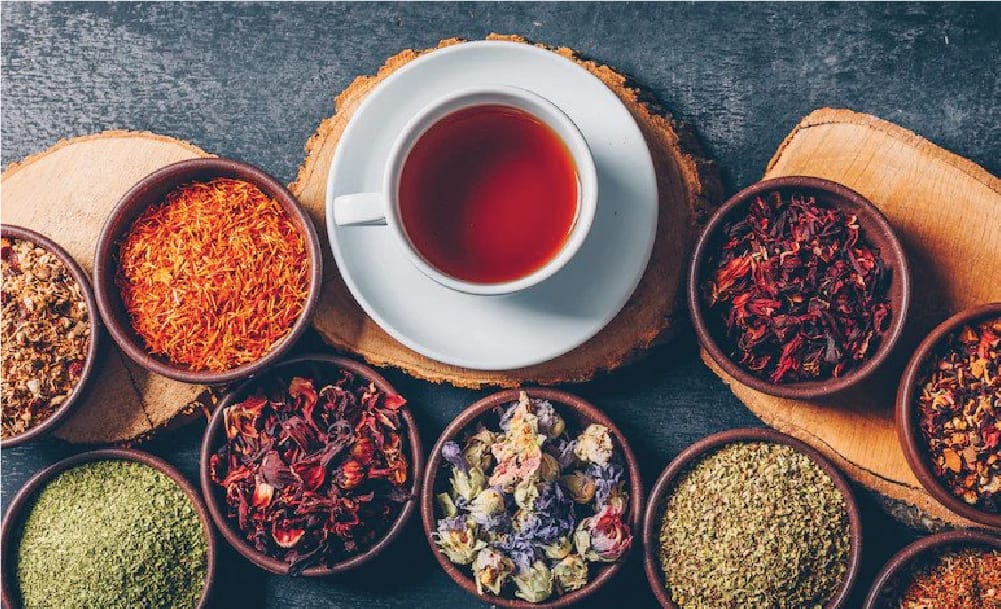
Traditionally, Holi was celebrated using colours made from the flowers and herbs blooming at that particular time. These colours were made from organic and natural ingredients that hold a therapeutic value and were beneficial for skin and health. With time these natural colours are now replaced with harmful synthetic colours which are toxic and can lead to skin allergies, cancer, eye irritation and even blindness. The use of synthetic colours also leads to environmental degradation.
The synthetic colours available in the market contain a large number of industrial chemicals such as heavy metals, asbestos, silica and powdered glass. For example, the black synthetic colour is made from lead oxide, which can lead to renal failure and other neurological problems. The green colour is made from copper sulphate that can cause temporary blindness, and the red colour is made from mercury sulphite that causes skin cancer. Considering how harmful artificial colours are it is better to use and make your colours from organic sources and enjoy the festival with utmost safety and responsibility.
- Red Colour
To create a dry red colour using red sandalwood powder and dry red hibiscus flowers is a great option. These ingredients are extremely beneficial for the skin and are used in face packs. If you want to add bulk to the colour add some flour. Wet red colour can be made by using the same ingredients but instead of grinding it, you need to boil it and dilute it. For making a bright orangish-red colour mixing lime powder to the dilution can help.
- Blue Colour
The jacaranda flowers which bloom in summer gives a blue colour powder when crushed. A blue hibiscus is also a great option for acquiring lush blue colours. To make wet blue colour, crush the berries of the indigo plant and add to water for desired colour strength. In some Indigo species, the leaves when boiled in water yields a rich blue colour.
- Yellow Colour
Dry yellow colours can be derived from turmeric powder which can be mixed in gram flour to add bulk. Both of these ingredients are great for the skin. Flowers like marigolds, yellow chrysanthemums can also be used to procure the sunny yellow colour. Boiling turmeric in water can create a highly concentrated yellow colour which can be used as a wet colour.
- Orange Colour
Orange colour can be prepared from bastard teak, henna, saffron and sandalwood powder. These ingredients can be boiled in water to create concentrated liquids.

- Black Colour
Boiling Indian gooseberry in an iron vessel and leaving it overnight can provide a highly concentrated black colour which will also be very healthy. Juice from black grapes can also be used to create organic black colour.
- Green Colour
Henna powder is a great source for obtaining green colour other than that, boiling different green leafy vegetables and neem leaves can provide a suitable green colour which will also be very healthy for the skin.
Conclusion
Holi is a festival of joy, and it should be celebrated with care and tenderness towards oneself and the environment. Using organic and homemade colours will not only be safe but will also help in keeping healthy skin.
Disclaimer: Based on based on knowledge gathering and is not meant to subsitute any medical advice.



















